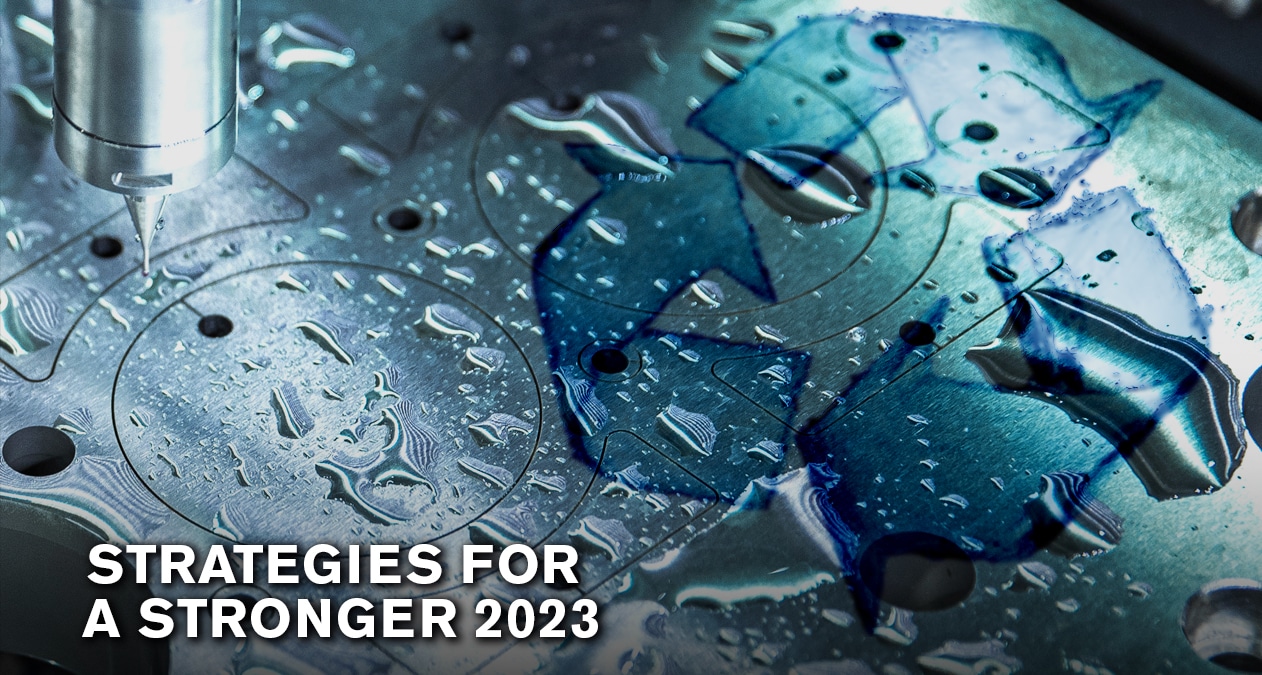
For some time now, many metalworking plants have viewed process water and wastewater recycling capabilities as inessential. However, that line of thinking is beginning to change as the United States’ fresh water supply continues to wane.
According to the State of Global Water Resources 2021 report, drought in the Western, Midwestern and Northeastern United States, which began in 2020, worsened in 2021. The 2021 discharge rates of the Colorado, Missouri, and Mississippi Rivers were below and much below normal. With a freshwater crisis taking hold, operations are beginning to shift their perceptions about industrial water recycling from “nice-to-have” to “need-to-have.”
According to The Nature Conservancy:
As water resources diminish, they will become more susceptible to the laws of supply and demand. Plants can expect water costs to rise as the water supply continues to be depleted.
In fact, the U.S. Environmental Protection Agency (EPA) indicates that industrial facilities in water-stressed areas may have to confront an even greater cost: lost revenue resulting from the need to curtail production when water supply disruptions occur.
“Competition for water across residential, agricultural, industrial, and environmental needs during periods of water scarcity may lead local water managers to impose limits on industrial water use,” states the EPA.
Opportunity to Lower Costs
In addition to helping prevent production disruptions by reducing overall water consumption, process water recycling systems can lower operating costs. Water used in the following process waters can be recycled and reused if they are treated properly:
Treating wastewater on-site also helps lower costs by reducing disposal expenses and decreasing the financial risks associated with failing to comply with discharge regulations.
Establishing On-Site Water Treatment
Many options exist for treating process water and wastewater.
Obtaining a laboratory analysis of your industrial water is critical to determining the right treatment for your process. As a matter of fact, your process may require a combination of several treatment options to address your water’s specific chemistry challenges.
Here are some of the most common techniques used to treat process water and wastewater:
Vacuum evaporation: Produces high-quality distilled water that can be re-used in all processes or safely discharged to drain. It also concentrates and removes salts, heavy metals, and a variety of hazardous materials. It is uniquely suited for multi-stream wastewater treatment.
Ultrafiltration: Uses crossflow filtration to remove emulsified oils and suspended solids from soluble oils and alkaline wash waters to produce effluent that can be discharged to a sewer or reused. Watch this video to learn if your operation could benefit from ultrafiltration.
Reverse osmosis: Removes up to 99.5% of dissolved salts and impurities from process water by pressing feedwater through a semipermeable membrane. This technology is typically used for industrial, metalworking, and surface treatment applications as a final process after ultrafiltration or chemical treatment of incoming water, process water, or industrial wastewater.
Oil and water separation: Uses gravity to separate oil from water so the water can be repurposed and reused.
Ultraviolet treatment: Destroys 99.9% of waterborne microorganisms without the use of hazardous chemicals to produce effluent water that can be reused or discharged to a sewer.
Ozone treatment: Oxidizes organic and inorganic materials without the use of hazardous chemicals to create effluent water that can be reused or discharged to a sewer.
Because on-site water treatment systems are configured to meet the unique needs of each operation, it is advisable to consult with a water treatment expert when you begin researching your treatment options.
To view examples of wastewater systems, or to get more information about water treatment for your application, please visit prab.com.